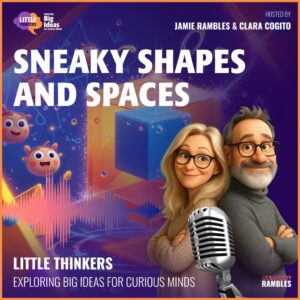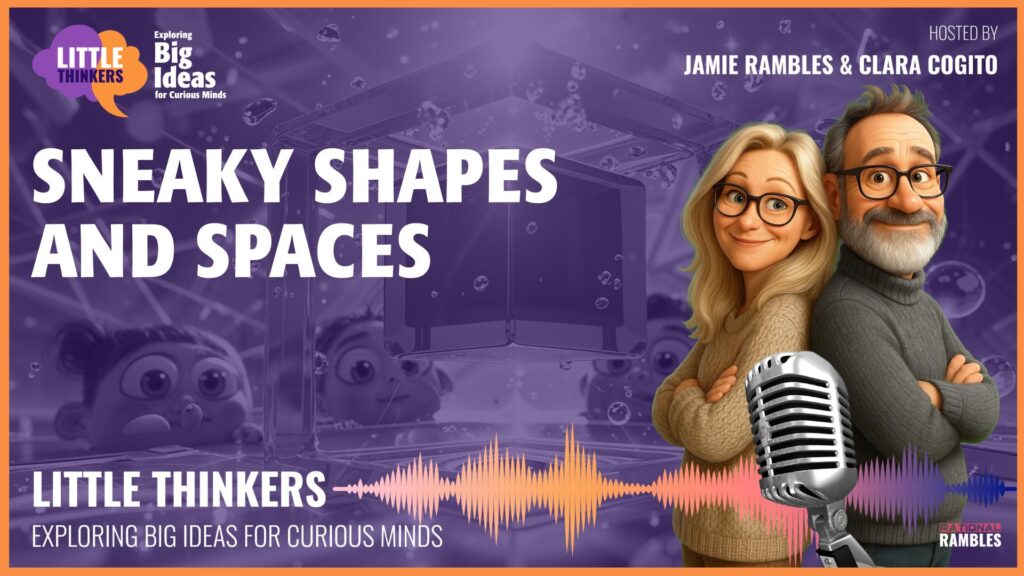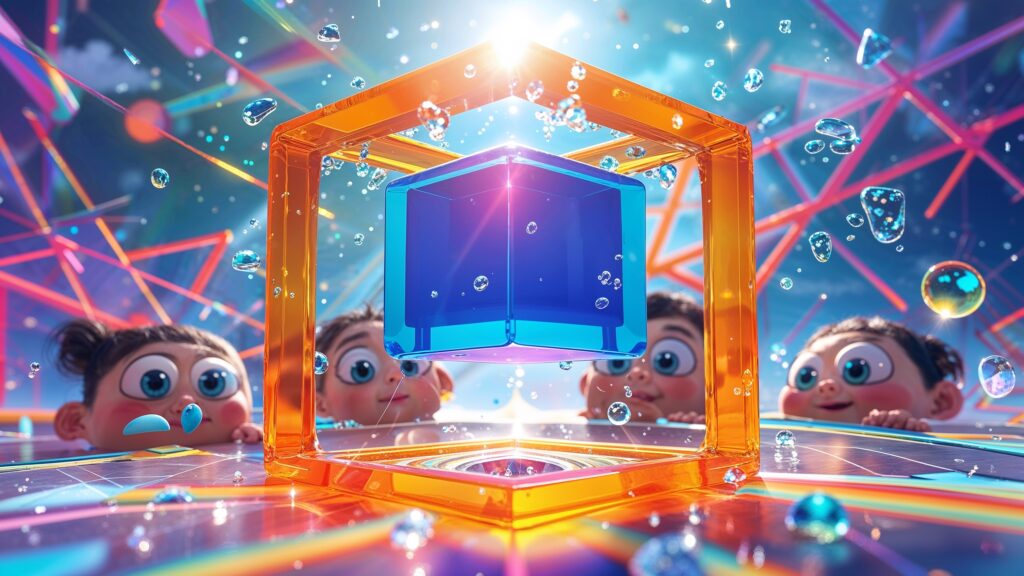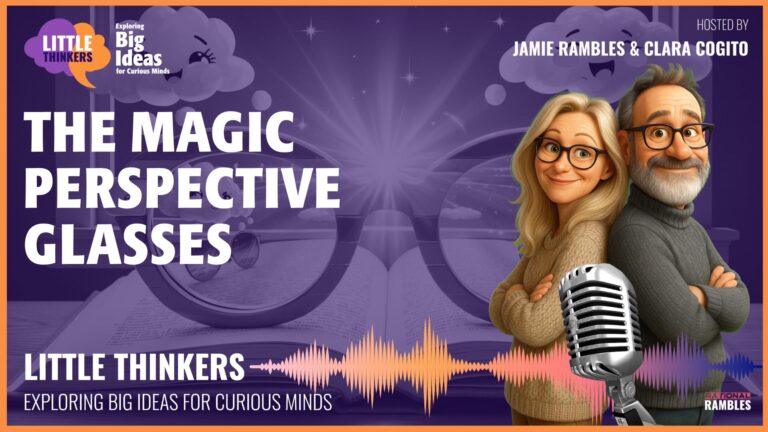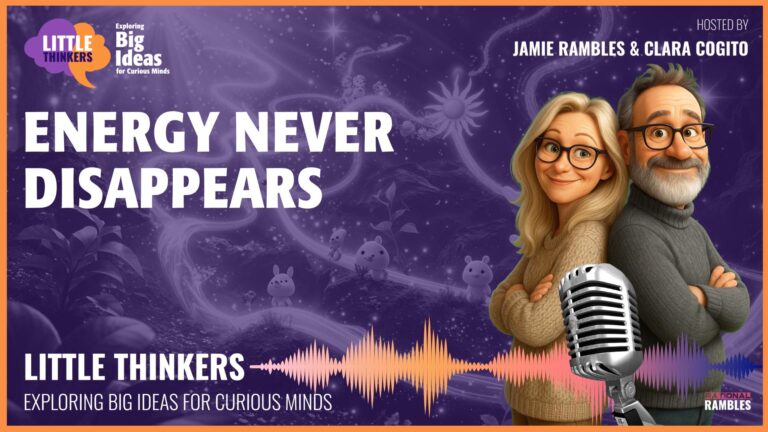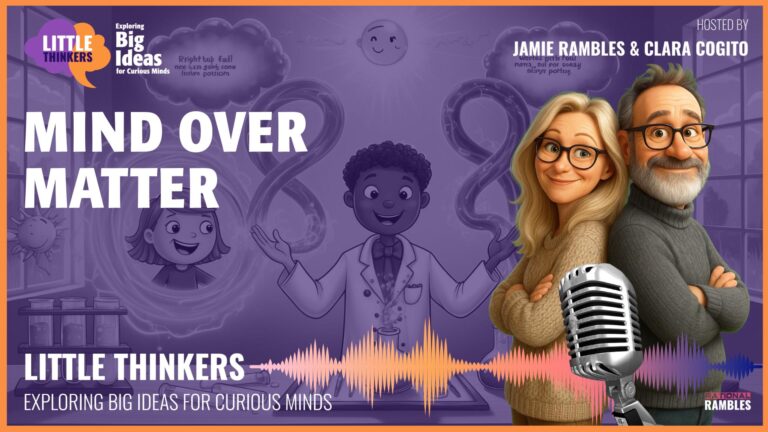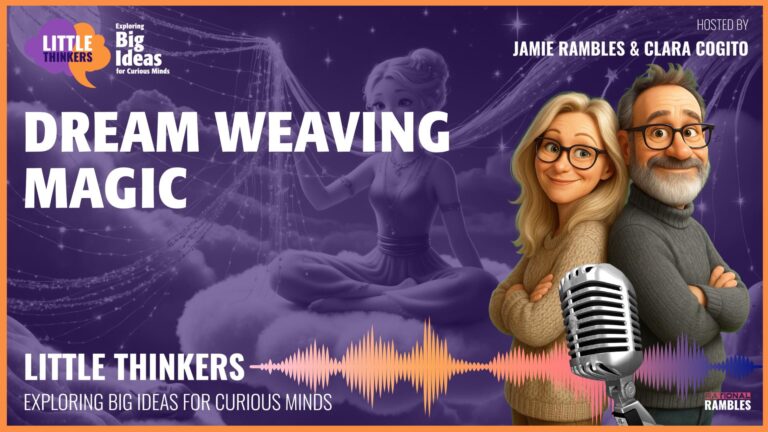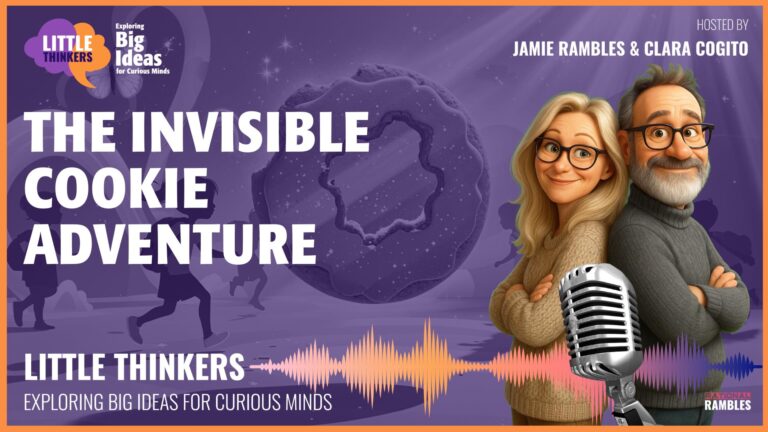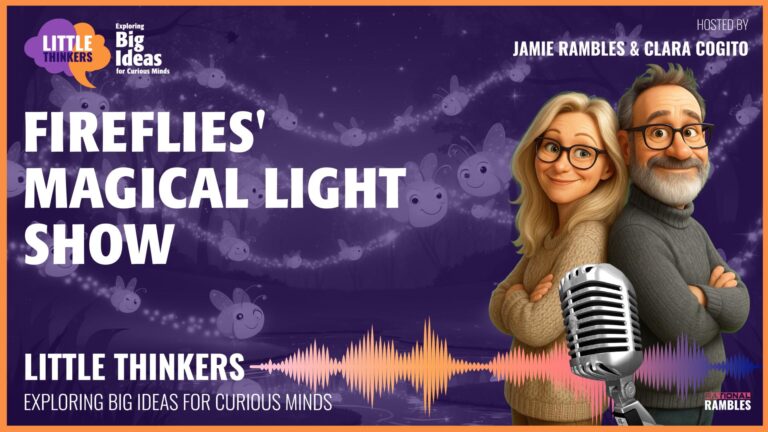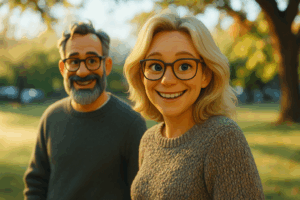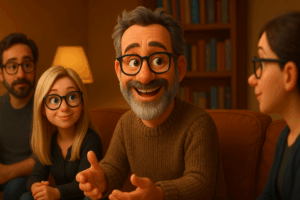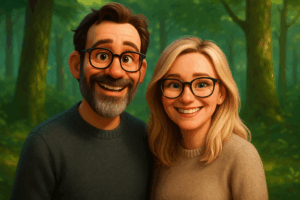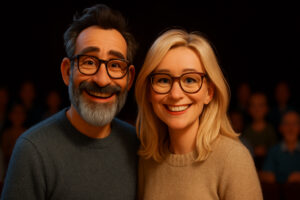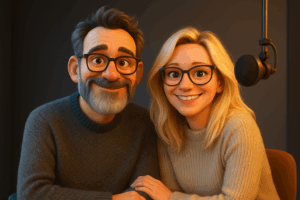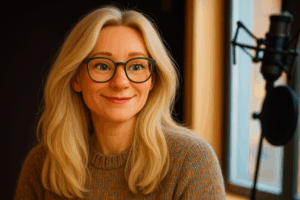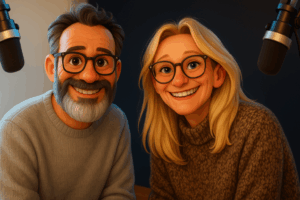Optical Illusions: When Your Eyes Play Tricks on You!
The Amazing Cube Mystery
Have you ever looked at something and then discovered it wasn’t what you thought at all? Our eyes can play some pretty silly tricks on us! Today, we’re going to explore an amazing shape mystery that might make your brain go “WHOA!” 😮
Let’s start with a puzzle that has confused even grown-ups for hundreds of years!
The Cube-in-Cube Brain Teaser
Imagine you have a big cube block – like the kind you might have played with when you were little. Now imagine putting a smaller cube inside it in a special way. The smaller cube’s corners just touch the middle of each side of the bigger cube.
It might look something like this in your imagination: a small cube floating inside a big cube, with its pointy corners just touching the flat sides of the big cube – like it’s doing a special cube dance!
The Big Question
Here comes the tricky part: If we filled both cubes with water, how much water would the small cube hold compared to the big cube? Take a guess!
Many people think the small cube looks really tiny compared to the big one. Maybe it would hold one-tenth or even less of the water?
But hold onto your thinking caps because the real answer will make your brain go BOING! 🤯
The Surprising Truth
The small cube actually holds exactly ONE EIGHTH of the water! That’s right – one out of every eight parts!
WHAT?! That can’t be right! The small cube looks so tiny compared to the big one!
But it’s absolutely true. Mathematicians (people who are super good at numbers) have proved it!
Why Our Eyes Get Confused
This is like a magic trick that shapes play on our eyes! Our brains get tricked by how shapes work in 3D space (that means things that have height, width, and depth – like the real world around us).
Let’s try a simple example to understand better.
The Sandwich Experiment
Think about a sandwich. If you cut a sandwich in half, and then cut it in half again, how many pieces do you have?
That’s right – you’d have four pieces! Each piece would be a quarter of the sandwich.
Now imagine our big cube is like that sandwich. If we cut it in half in all three directions – up-down, left-right, and front-back – we’d get eight little cubes.
And guess what? Our small inner cube is exactly half the size of the big cube in each direction! That’s why it takes up exactly one-eighth of the space!
Try This at Home!
Want to see how this works? Try this simple experiment:
- Find a square piece of paper
- Fold it in half (each part is 1/2 of the paper)
- Fold it in half again in a different direction (now you have 4 equal parts)
- Each section is now 1/4 of the whole paper!
If we could fold it in a third direction (which we can’t do with flat paper), we’d get 8 equal parts – just like our cube!
What Is a Paradox?
This cube puzzle is what scientists call a “paradox” (pronounced: PAIR-uh-docks). A paradox is something that seems impossible or doesn’t make sense at first, but is actually true!
The cube-in-cube paradox tricks our brain because we’re not very good at judging 3D spaces. Our eyes see the outside – the surface – but volume is about all the space inside.
Nature vs. Geometry
Here’s something super interesting! Our brains developed to judge distances and sizes in nature – like how far away a lion is or how big an apple is. But perfect geometric shapes like cubes don’t appear much in nature!
That’s why even really smart scientists sometimes get tricked by shape illusions! Our ancient ancestor brains were busy watching out for dangerous animals, not calculating the volume of cubes! 😂
More Eye-Tricking Examples
The cube puzzle isn’t the only way our eyes get tricked. Have you ever seen an optical illusion? These are pictures that make our brains confused about what our eyes are seeing!
The Container Confusion
Try this: If you have a tall, skinny glass and a short, wide bowl, which one looks like it holds more water?
Most people would say the tall, skinny glass looks like it holds more! But if they actually hold the same amount, our eyes are wrong again! Our brains think “taller means more” even when it doesn’t!
A famous thinker named Piaget found that even when kids SEE water poured from one container to another, they still think the amount changes because the shape changes!
Fun Experiment You Can Try
Next time you’re at home, try pouring the same amount of water into different shaped cups or containers. See how different they look! It’s a fun experiment to trick your own brain!
(Just make sure to do it somewhere that can get a little wet, and ask a grown-up to help!)
Cube Fun Facts
Did you know that if you take a regular die – the kind with dots for numbers one through six that you use in board games – the opposite faces always add up to seven?
- One is opposite six (1+6=7)
- Two is opposite five (2+5=7)
- Three is opposite four (3+4=7)
It’s like a secret code hidden in something we play with all the time!
Math Helps Us See Clearly
This is why math and science are so important – they help us see beyond what our eyes tell us! Math and science are like special glasses that help us see the world more clearly when our eyes get confused!
So when someone says “I’ll believe it when I see it,” you can tell them that sometimes our eyes don’t show us the whole truth!
Your Turn to Explore!
Here’s your challenge: Find three things today that might be bigger, smaller, or different than they appear! Maybe the distance to your school, the size of your pet compared to a stuffed animal, or how many books can fit on a shelf!
Remember that things aren’t always what they seem! Your eyes might tell you one story, but measuring and thinking carefully can tell you another!
Think About This…
If the small cube takes up one-eighth of the big cube’s volume, how much empty space is left inside the big cube?
If you guessed seven-eighths, you’re right! That’s a lot of empty space, even though it looks like the small cube is just a tiny little thing inside!
Next time you look at something, remember that your amazing brain is always trying to make sense of what you see – but sometimes it needs a little help from math and measuring to get the whole picture!
Keep wondering, keep questioning, and keep being amazed by the world around you!


